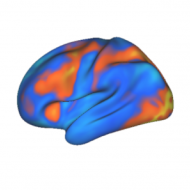Most researchers in neuroscience use animal models. Though most neuroscientists are interested in understanding the human brain, they can use more invasive techniques with animal brains. In exchange for these invasive abilities they must assume that other animals are similar enough to humans that they can actually learn something about humans in the process. Functional …
Continue reading “Eliminating Common Misconceptions About fMRI”
